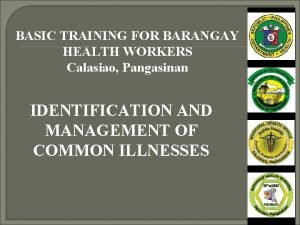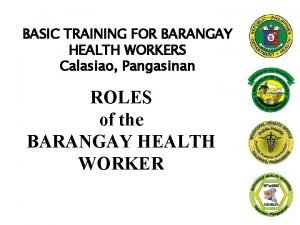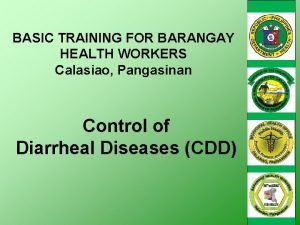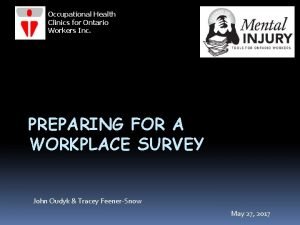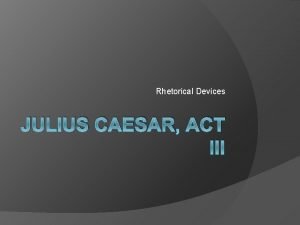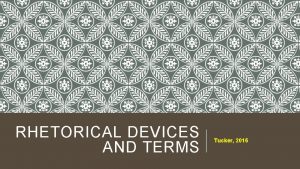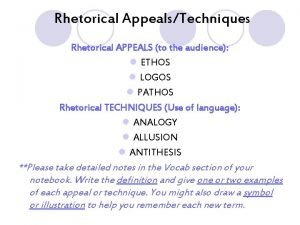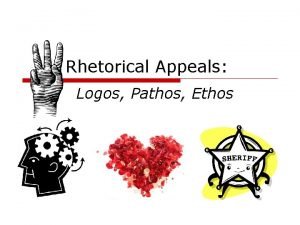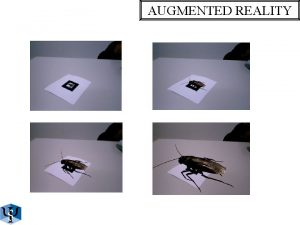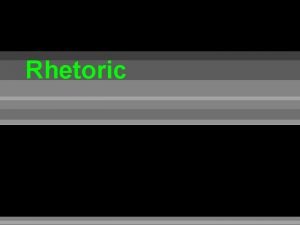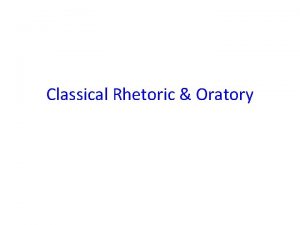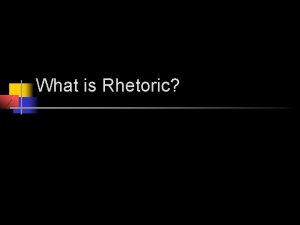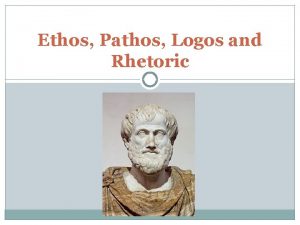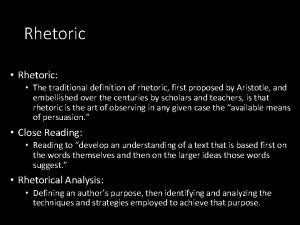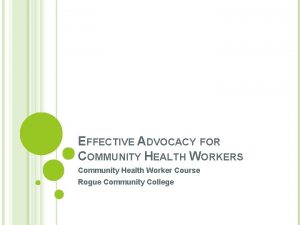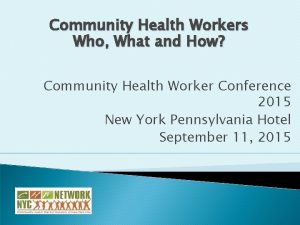Community Health Workers From Rhetoric to Reality Shreya

















![Integration with clinicians “[CHW] is symbolic of the highest standards of patient advocacy and Integration with clinicians “[CHW] is symbolic of the highest standards of patient advocacy and](https://slidetodoc.com/presentation_image/caa0d238deec671a6e0072b3b5a0e702/image-18.jpg)













- Slides: 31

Community Health Workers: From Rhetoric to Reality Shreya Kangovi, MD, MS Division of General Internal Medicine, Perelman School of Medicine Penn Center for Community Health Workers University of Pennsylvania MN CHW Alliance Workshop December 1 st, 2015

Penn Center for CHWs Improve health in high -risk populations through the effective use of CHWs

Penn Center for CHWs Improve health in high -risk populations through the effective use of CHWs

Penn Center for CHWs Improve health in high -risk populations through the effective use of CHWs

Penn Center for CHWs Improve health in high -risk populations through the effective use of CHWs

Penn Center for CHWs Improve health in high -risk populations through the effective use of CHWs

Penn Center for CHWs • Research: Design, test and refine CHW programs • Direct Care: IMPa. CT for 1, 500 pts annually • Dissemination: Tools, training, technical assistance for > 450 organizations.

Design

Lessons from History Kangovi, Grande, Trinh-Shevrin NEJM 2015 Photo Credit: Quora. com

Lessons from History – Hiring – Work practice – Integrated – Patient-centered – Evidence-based Kangovi, Grande, Trinh-Shevrin NEJM 2015 Photo Credit: Quora. com


Design Map Barrier Intervention Trait Patients want to be heard and do not want to feel judged CHW conducts openended, strengths-based interview -Nonjudgmental -Listens > talks Skill Qualitative Interviewing


Recruitment

Patient-centered Set goals Support Connect

Standardized program

Integration with clinicians -CHWs communicate through EMR, telephone, huddles - IMPa. CT Teaching Service
![Integration with clinicians CHW is symbolic of the highest standards of patient advocacy and Integration with clinicians “[CHW] is symbolic of the highest standards of patient advocacy and](https://slidetodoc.com/presentation_image/caa0d238deec671a6e0072b3b5a0e702/image-18.jpg)
Integration with clinicians “[CHW] is symbolic of the highest standards of patient advocacy and the best our health system offers its patients. ” -Nurse “I was just so grateful that people did this work. I was glad to learn how to do it better, to establish this patient dynamic. ” -Student

Randomized Controlled Trial (n=446) Kangovi et al, JAMA Internal Medicine 2014.

Ongoing RCTs • Single-center randomized controlled trial of 6 month IMPa. CT among patients with multiple chronic conditions (n=212) • Multi-center randomized controlled trial at VA, academic, community sites (n=444)

Outcomes Sustainability Outcome Funding Access to primary care Provider Preventable hospitalizations Payer/Provider Patient satisfaction Payer/Provider Student education Medical School Cost-effective workforce Practices Chronic disease control Practices Status

Future directions

Penn Center for CHWs Improve health in high -risk populations through the effective use of CHWs

What does success look like

Income differences in health A Guide to Measuring the Triple Aim, IHI 2012

No income differences in health A Guide to Measuring the Triple Aim, IHI 2012

Key Questions • Is this working? For whom? How can we make it better? • Quality often suffers with growth: can we prevent this? • How can we bring a non-medical intervention firmly into healthcare without breaking it? • Can we capture an opportunity moment for CHW programs? Or will history repeat itself? • How do we fix underlying problems, not just Band-Aid? • What will keep our organization happy and stable?

5 - year plan Mission To improve health in highrisk populations through the effective use of Community Health Workers Strategic Priorities Understand improve outcomes Expand high-quality care Drive clinical integration Support CHW programs across the country Advocate at local, state and national levels Build a stable organization that promotes human capital

Conclusion

Collaboration http: //chw. upenn. edu/

Acknowledgements
 Natalia agapitova
Natalia agapitova Shreya notaney
Shreya notaney Shreya rajpal
Shreya rajpal Shreya bhanushali
Shreya bhanushali Shreya anand caltech
Shreya anand caltech Shreya kodati
Shreya kodati Role of community health nurse in occupational health
Role of community health nurse in occupational health Basic training for barangay health workers
Basic training for barangay health workers Basic training for barangay health workers
Basic training for barangay health workers Basic training for barangay health workers
Basic training for barangay health workers Basic training for barangay health workers
Basic training for barangay health workers C.d.c. covid isolation health workers
C.d.c. covid isolation health workers Covid isolation health workers
Covid isolation health workers C.d.c. covid isolation health workers
C.d.c. covid isolation health workers Covid isolation health workers
Covid isolation health workers Chapter 2 career skills in health informatics
Chapter 2 career skills in health informatics Occupational health clinic for ontario workers
Occupational health clinic for ontario workers You eat what you touch
You eat what you touch Rhetoric merriam webster
Rhetoric merriam webster What is the author's purpose? *
What is the author's purpose? * What is rhetoric
What is rhetoric 3 types of rhetoric
3 types of rhetoric Canons of rhetoric
Canons of rhetoric Ethos pathos logos
Ethos pathos logos Cicero rhetorical devices
Cicero rhetorical devices Rhetorical transaction
Rhetorical transaction Rhetoric literary devices
Rhetoric literary devices Rhetorical devices
Rhetorical devices Literary devices in julius caesar act 3
Literary devices in julius caesar act 3 Paradox definition
Paradox definition Ethos advertisement examples
Ethos advertisement examples Ethos, pathos, logos
Ethos, pathos, logos







